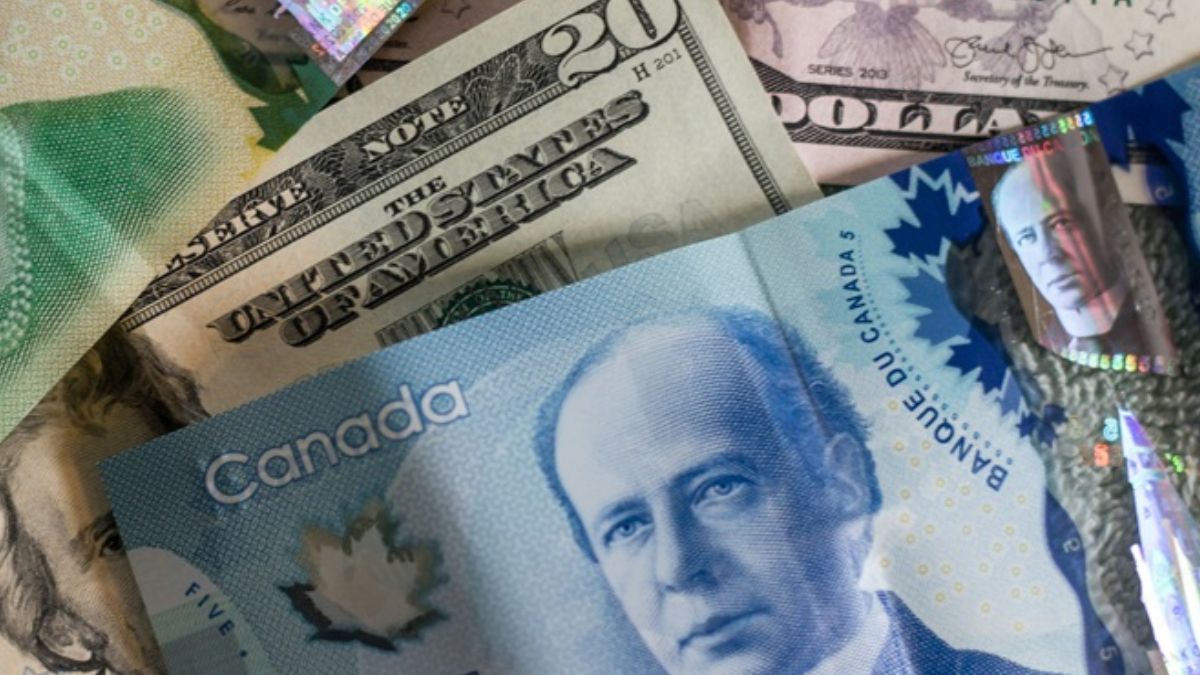
Advertisement
The value of the US Dollar compared to the Canadian Dollar has fallen by about 8% in recent months. It was as high as 1.4793 in February, but now it’s closer to 1.3600. This means you get fewer Canadian dollars for every US dollar than before. A key reason behind this drop is that the US dollar itself has been weakening against many major world currencies like the euro, pound, and yen. One technical warning sign for traders is something called a “death cross,” which has appeared on the chart. This happens when a short-term average falls below a long-term average, suggesting that the trend may keep going down.
US Dollar: Why the USD/CAD has crashed
The US dollar is falling for several reasons. First, a key measure of the dollar’s strength, the US Dollar Index, has dropped sharply, from 110 to 96. This signals that investors around the world are losing confidence in the dollar. A big part of that has to do with recent US government decisions. Former President Trump launched new trade wars, including placing extra taxes on Canadian goods like steel and cars. At the same time, a new law called the Big Beautiful Bill increased government spending and raised the national debt by $5 trillion. This has made many financial experts and credit agencies, like Moody’s, nervous. Moody’s even downgraded the US credit rating recently, warning about rising debt and uncontrolled spending.
Another reason the dollar is losing value is that global political tensions have eased. A short war between Iran and Israel ended quickly, and Trump is now open to holding talks with Iran. Since the US dollar is often considered a “safe” place for money during global conflicts, it tends to fall in value when those conflicts end.
Now, two big events could influence what happens next. First, the trade tensions between the US and Canada are at a turning point. Trump gave Canada a deadline to drop a 3% tax that affected major companies like Google and Apple. Canada agreed, which might lead to a new deal that helps its economy grow further. Second, Canada is about to release its latest job numbers. Economists expect the unemployment rate to stay at 7% and for the economy to add 10,000 new jobs. If this report exceeds expectations, it could strengthen the Canadian dollar further.
From a technical standpoint, charts show that USD/CAD has been in a steady decline. It has already dropped below an important level called the 61.8% Fibonacci retracement. The next likely drop could take it to 1.3460, another key support level.
In summary, the US dollar is weakening for a mix of political, economic, and technical reasons. If Canada’s economy shows strong signs of growth and a trade deal is reached, the Canadian dollar may continue to climb. Traders and investors will be watching closely in the days ahead.
